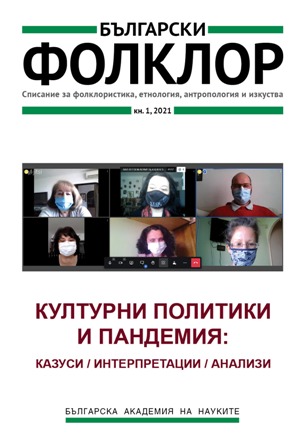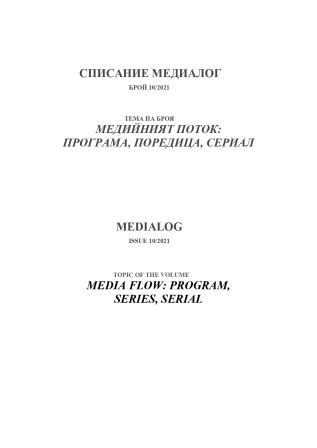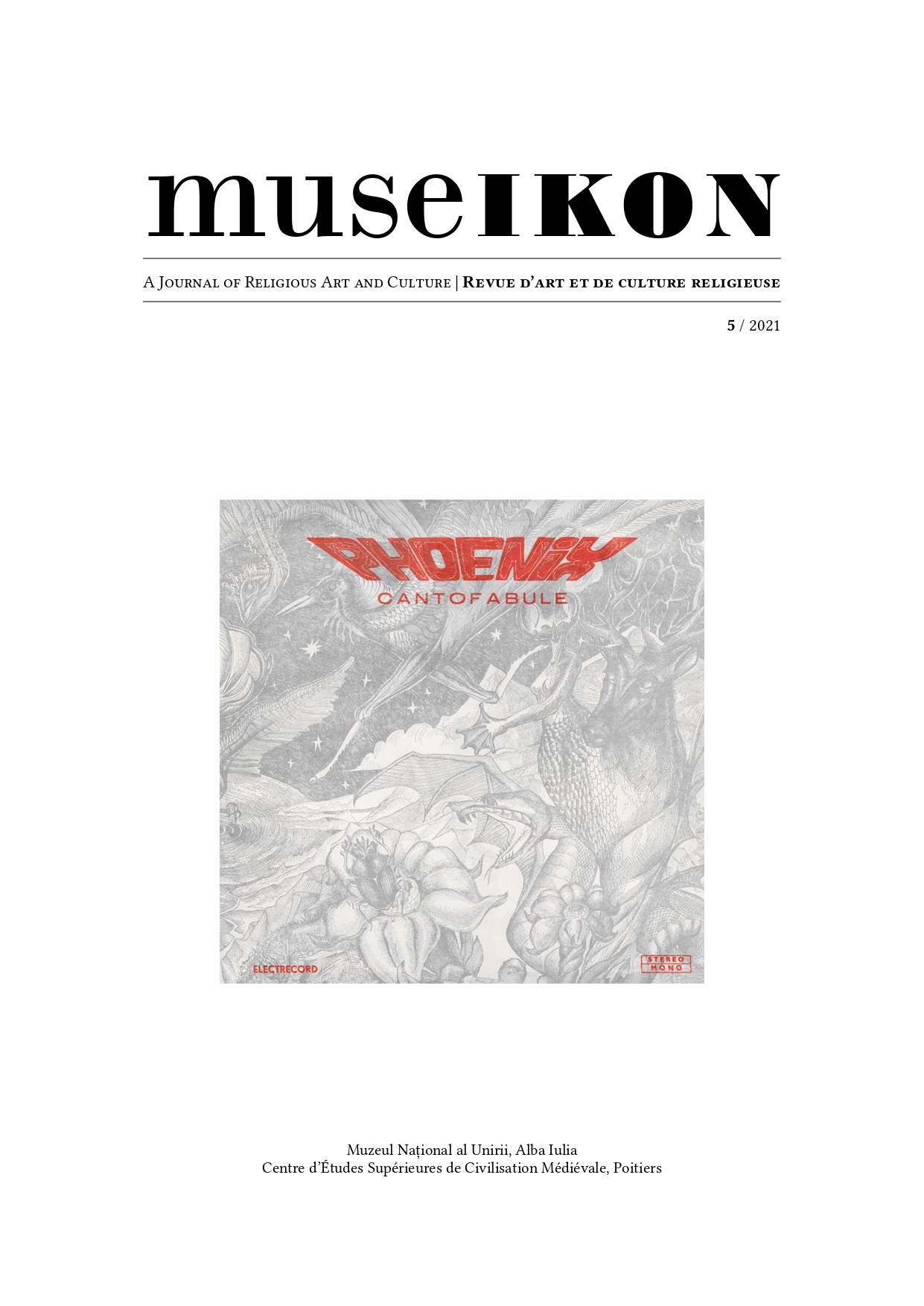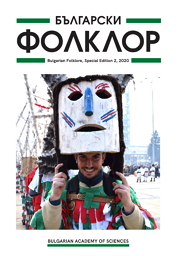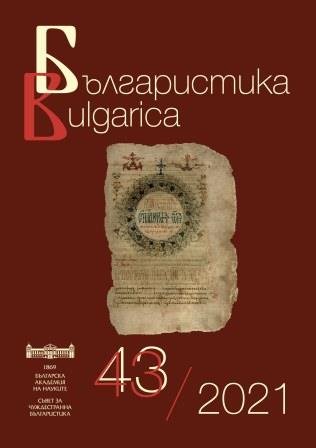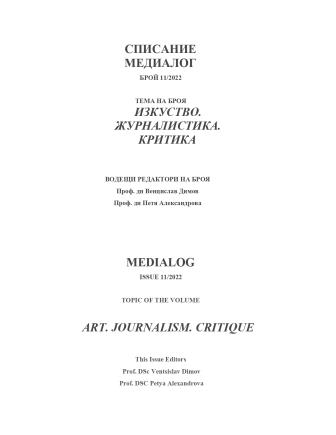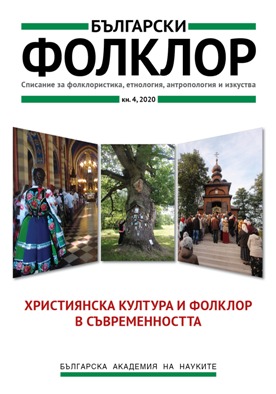
Църквата „Св. Антоний“ в Мелник – чудотворни обекти и ритуални практики
Anthony is a highly honoured saint, considered to be a patron and a defender of various diseases. The church “St. Anthony” in the smallest town in Bulgaria – Melnik – is known exactly for its healing aspect and can be identified as one of the most sacred cult sites in the surroundings, connected with numerous stories of miracles, healings, interesting and rare ritual practices. The modern state and functioning of the church is a complex of different components that build the role and importance of the cult site as a very attractive place for pilgrimage and healing. Besides of the cult of the patron itself, these components include also various miraculous objects, iconographic features, the location of the church, and characteristic stories of miracles, media, and personal representations and interpretations. In this article, I will examine the cult of St. Anthony in the city and church dedicated to him through the prism of two basic elements – miraculous objects or other ones in the church area and beliefs and ritual practices related to them. It is precisely the connection between the different components of the cult site, combining diverse objects of pilgrimage, honoring, and usage, that creates a truly unique context in which this church, the only one in the country until recently dedicated to the St. Anthony, exists. The analysis is based on observations from conducted fieldwork studies in Melnik and bibliographic and online surveys in the period 2016–2018.
More...
